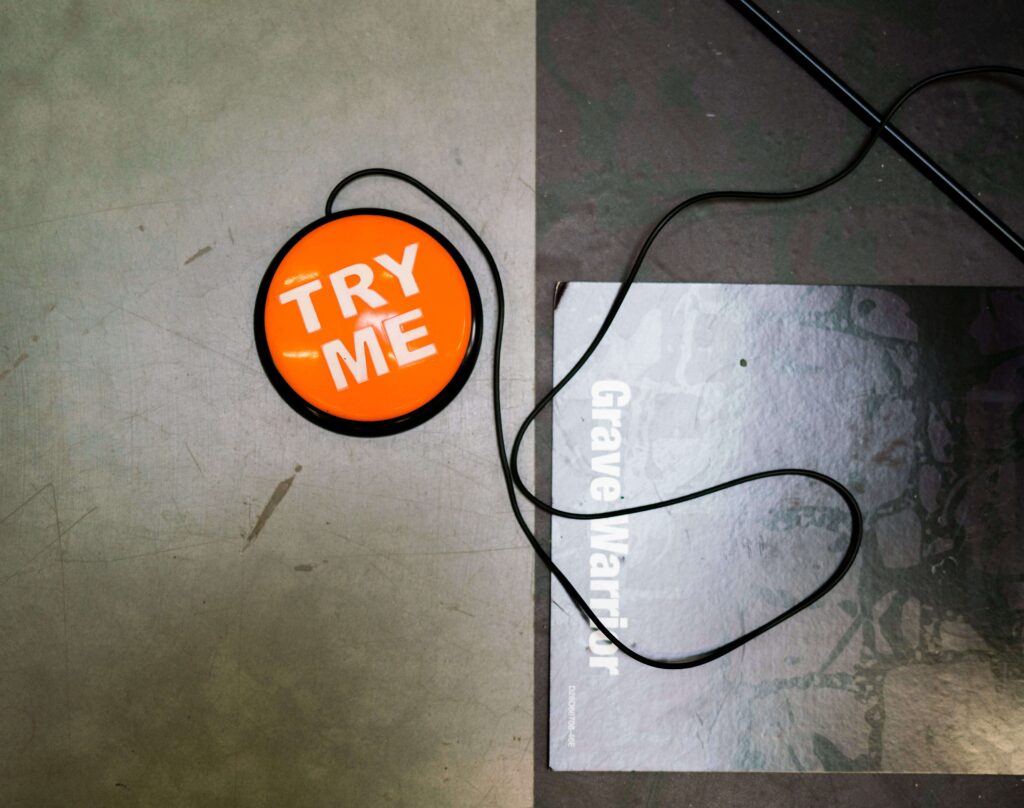In the modern freelance world, the challenges faced by hourly workers and freelancers are multifaceted. One of the most pressing issues is the strict time tracking that has become a norm in many industries. This practice, while beneficial for employers, often overlooks the importance of recognizing non-active computer time as legitimate working hours.
The rise of time tracking has led to a new form of stress for freelancers, where every minute counts. This introduction sets the stage for a deeper exploration of the subject, shedding light on the hidden aspects of work that are often ignored by conventional time tracking methods.
The Rise of Time Trackers in the Freelance World
Time trackers have become an integral part of the freelance landscape. Historically, they were introduced to ensure accountability and productivity. Employers saw the benefits in using time trackers, such as Clockify and Toggl, to monitor work hours and project progress.
However, this trend has also brought about significant downsides for freelancers. The pressure to constantly be “on the clock” has led to increased stress and a lack of flexibility in work schedules. The focus on active computer time has overshadowed the importance of creativity, thinking, and other non-tangible aspects of work that don’t necessarily translate into mouse clicks or keyboard strokes.

The Hidden Work: Understanding Non-Active Computer Time
The misconception about non-active computer time is a critical issue in the current work environment. Many employers fail to recognize that not all productive work involves active computer interaction. Real-life scenarios, such as a graphic designer’s thinking phase or a chat support agent’s waiting time, are often disregarded.
This oversight can have both financial and emotional impacts on freelancers. When non-active time isn’t recognized, it leads to underpayment and dissatisfaction. The broader understanding of work needs to encompass all aspects of the job, including those hours spent in contemplation, planning, or simply waiting for the next task.
IdleBuster: A Glimpse into the Solution
In the midst of these challenges, IdleBuster emerges as a potential solution. Without delving into the product’s specifics, it’s worth noting how it simulates human-like activity to ensure freelancers are compensated fairly. By mimicking mouse movements and keyboard activity, it addresses the gap in conventional time tracking.
IdleBuster’s approach is not about cheating the system but rather highlighting the flaws in current time tracking practices. It’s a response to an unfair system that fails to recognize the full spectrum of work performed by freelancers and hourly workers.
The Ethical Debate: Is Cheating Time Trackers Justifiable?
The use of tools like IdleBuster raises an ethical debate. On one hand, it can be seen as a way to cheat the system. On the other hand, it’s a response to an inherently flawed method of tracking work. The arguments for and against its use are complex and multifaceted.
The bigger picture here is the need to address the root problem of unfair time tracking practices. Rather than focusing on whether using IdleBuster is right or wrong, the conversation should shift towards creating a more understanding and fair approach to tracking freelance work.
Most Commonly Asked Questions
Time tracking has gained popularity as it offers employers a way to monitor work hours, ensure accountability, and track project progress. It’s seen as a method to optimize productivity and manage project budgets effectively.
Non-active computer time refers to periods when a worker is not actively interacting with their computer but is still engaged in work-related tasks, such as thinking, planning, or waiting. Recognizing this time is crucial as it represents legitimate work that should be compensated.
Time trackers can lead to underpayment if non-active computer time isn’t recognized. This oversight can result in financial strain for freelancers. Emotionally, it can lead to stress and dissatisfaction, feeling that their entire work spectrum isn’t acknowledged.
Freelancers consider tools like IdleBuster as a response to the flaws in conventional time tracking methods. These tools simulate activity, ensuring that freelancers are compensated for all aspects of their work, including non-active computer time.
This is a subject of debate. While some view it as a way to cheat the system, others see it as a response to an inherently flawed method of tracking work that doesn’t recognize all job aspects.
Scenarios include a graphic designer’s thinking phase, a chat support agent waiting for incoming chats, or any professional whose job involves contemplation, planning, or waiting as essential components of their role.
The industry needs to adopt a more comprehensive understanding of work, recognizing all job aspects, including non-active computer time. There’s a call for more empathetic and fair tracking methods that consider the full spectrum of freelance work.
While the article focuses on IdleBuster, there are other tools and methods freelancers use, ranging from manual time logs to discussions with employers about recognizing non-active work hours.
A more understanding approach ensures that freelancers are compensated fairly for all their work aspects, leading to better job satisfaction, improved employer-freelancer relationships, and a healthier work environment.
The future likely holds a balance between technology and understanding. While time tracking tools will continue to evolve, there’s a growing call for recognizing the diverse nature of freelance work and compensating it fairly.
Conclusion
The challenges of time trackers and the potential solution offered by IdleBuster are part of a larger conversation about the nature of work in the freelance world. This article has explored the historical context, the hidden aspects of work, and the ethical considerations surrounding time tracking.
The call to action is clear: a more empathetic and fair approach to tracking freelance work is needed. Tools like IdleBuster are not the problem but rather a symptom of a system that needs reevaluation and reform.




